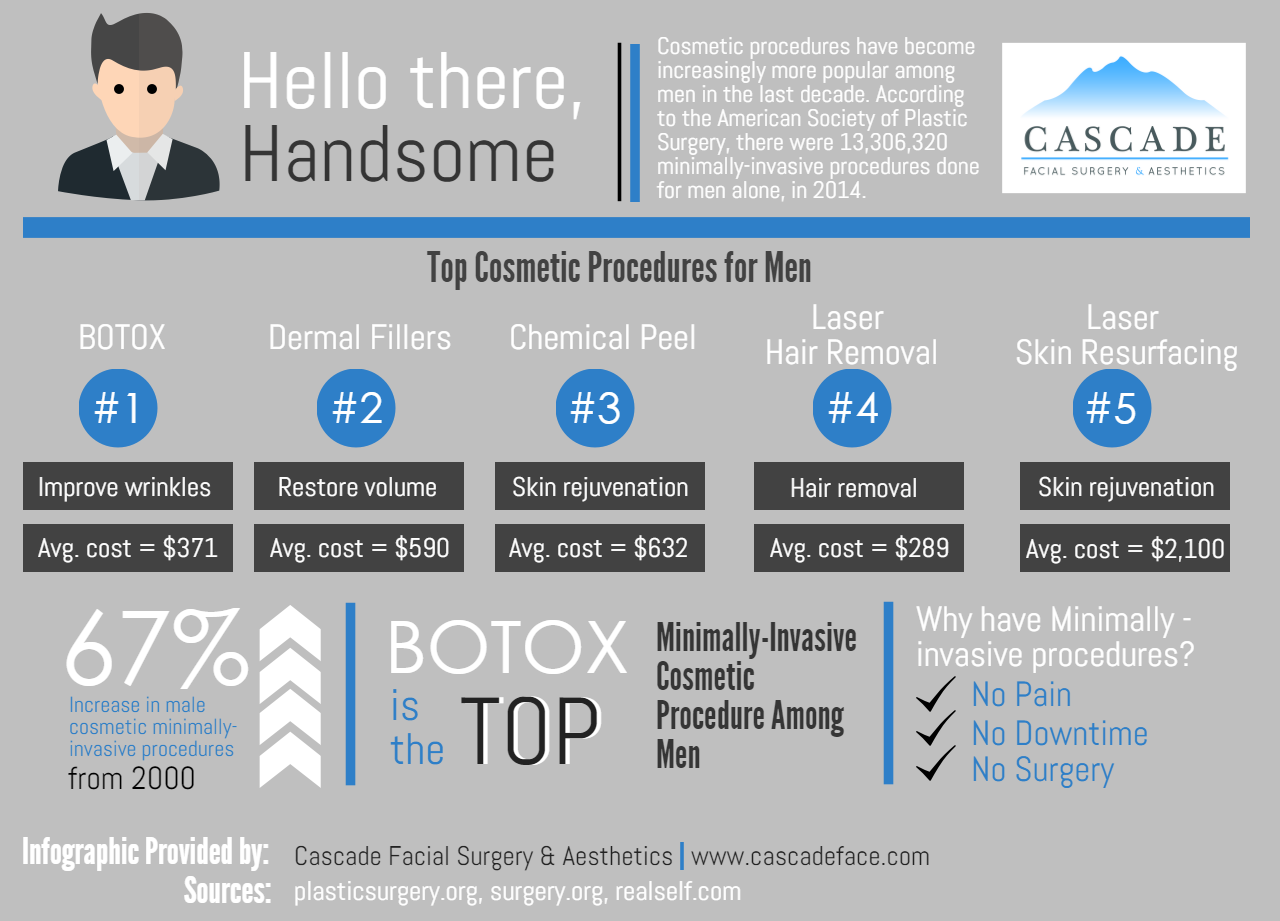Diy Face Masks For Acne
Diy Face Masks For Acne
Blog Article
Hormone Acne - What is Hormonal Acne?
Hormonal acne is identified by clogged up pores and oily skin that commonly shows up on the chin and jawline. It happens when hormonal changes cause swelling and bacterial overgrowth within hair roots.
Breakouts may look like whiteheads, blackheads, papules or pustules and cysts or blemishes in extra severe cases. It is much more typical in teenagers experiencing the age of puberty but can affect adults of any age.
What Causes Hormonal Acne?
While acne can be caused by a variety of elements, consisting of utilizing hair and skin treatment items that aren't oil-free or made with components that can obstruct pores, hereditary tendency, diet plan,2 and anxiety, the source is changing hormones. Hormone acne happens when the body experiences hormonal modifications and changes that cause an overflow of sebum, which triggers swelling, boosted growth of germs and changes in skin cell activity.
Hormonal acne is frequently discovered on the lower jawline, cheeks and neck but can appear anywhere on the body. It is characterized by blemishes that are cystic, unpleasant and filled with pus or other material. It is also more likely to take place in females than males, specifically throughout adolescence, the menstruation, pregnancy or menopause.
Age
While lots of youngsters experience acne eventually during puberty, it can continue to plague grownups well right into the adult years. Called hormone acne, this kind of outbreak is connected to changes in hormones and is generally most common in females.
Hormone acne takes place when oil glands generate way too much sebum, which clogs pores and traps dead skin cells. This causes the development of imperfections, such as whiteheads, blackheads and papules, pustules, cysts or blemishes, deep under the surface area.
This sort of imperfection usually creates discomfort, redness and inflammation. It may also be cyclical and show up around the very same time monthly, such as right before your period starts. This is due to the fact that degrees of women hormones like progesterone and oestrogen fluctuate with each menstrual cycle.
Menstruation
Hormone acne usually appears in the lower part of your face, along the jawline and cheeks, as whiteheads, blackheads or inflammatory acnes (acnes and cysts). It's most likely to appear around the moment when your menstrual cycle changes.
Specifically around ovulation, when estrogen and progesterone levels are on the surge, hormone fluctuations can create outbreaks. However it's also possible to obtain acne at any type of point throughout your 28-day menstruation.
If you discover that your hormonal acne flares up right prior to your duration, attempt observing when exactly this takes place and see if it relates to the stages of your 28-day menstrual cycle. This will aid you identify the origin of your skin more info difficulties. For example, you might wish to deal with stabilizing your blood sugar level and removing high-sugar foods, or think about a prescription drug like spironolactone that can control your hormones.
Maternity
Growing a baby is a time of significant hormonal adjustments. For lots of ladies, this includes a flare-up of hormone acne. This sort of breakout typically starts in the very first trimester, around week 6. It's triggered by hormone rises that promote sweat glands to make even more oil, which can clog pores and trigger more bacteria to accumulate.
Breakouts might likewise take place as a result of pre-existing problems like polycystic ovary syndrome, which can also be a problem during pregnancy and menopause. Additionally, some kinds of contraceptive pill (such as Ortho Tri-Cyclen and YAZ) can activate hormonal acne in some females.
Fortunately, most acne therapies are "no-go" for pregnant ladies (consisting of prominent acne-fighting active ingredients such as isotretinoin and spironolactone). Yet if you can't stay clear of those bothersome bumps, your medical professional might recommend dental erythromycin or cephalexin, which are safe while pregnant.
Menopause
As women come close to menopause, the estrogen levels that caused their hormonal agent acne to flare up throughout adolescence start to stabilize and reduce. At the same time, however, a spike in androgens (likewise called male hormones) happens due to the fact that these hormones can not be converted into estrogen as properly as before.
The extra of androgens can cause oil production by the sweat glands, which clogs pores. When the blocked pores come to be inflamed and inflamed, an acne forms.
Hormonal acne is generally seen on the face, especially around the chin and jawline, yet it can occur on the neck, back, shoulders, or breast. This sort of acne tends to flare up in an intermittent pattern, similar to the menstrual cycle. Stress and anxiety, which increases cortisol and throws hormonal agents out of equilibrium, also contributes to the outbreaks.